$4,995.00 – $5,295.00Price range: $4,995.00 through $5,295.00
The Catalepsy Bar Test is an alternative to the Rotarod and was developed to test motor coordination and motor impairments (Deacon., 2013; Hoffman et al., 1995; Luciani et al., 202). The Catalepsy Bar Test involves placing the forepaws of a rodent subject onto a bar and timing how long it takes for the subject to remove one or both paws from the bar. The automated Maze Engineers Catalepsy Bar test has 4 lanes for the simultaneous study of 4 subjects simultaneously with adjustable bar height to ensure perfect placement for your subjects. Sensors to detect when an animal removes its paws from the bar and included software logs the time at which this occurs.

MazeEngineers offers custom-built behavioral mazes at no extra cost—designed to fit your exact research needs. Eliminate reproducibility issues from poor sizing or lingering scent cues with precision-engineered, modular, and smart mazes that adapt in real time to animal behavior. Publish new protocols, run adaptive experiments, and push the boundaries of behavioral science.
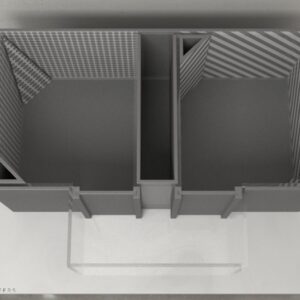
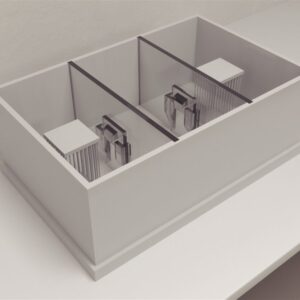

Catalepsy Bar Test for mice | Catalepsy Bar Test for rat |
4 lanes | 4 lanes |
Lane width: 6 cm | Lane width: 10 cm |
Bar diameter 0.7 cm | Bar diameter 0.9 cm |
The distance of the bar above the floor is adjustable between 3-8cm (6cm on average) | The distance of the bar above the floor is adjustable between 3-8cm (6cm on average) |
Separators are made of black acrylic of thickness | Separators are made of black acrylic of thickness |
Four manual start buttons (not used) | House light |
Wire connector on the back to the control box | Wire connector on the back to the control box |
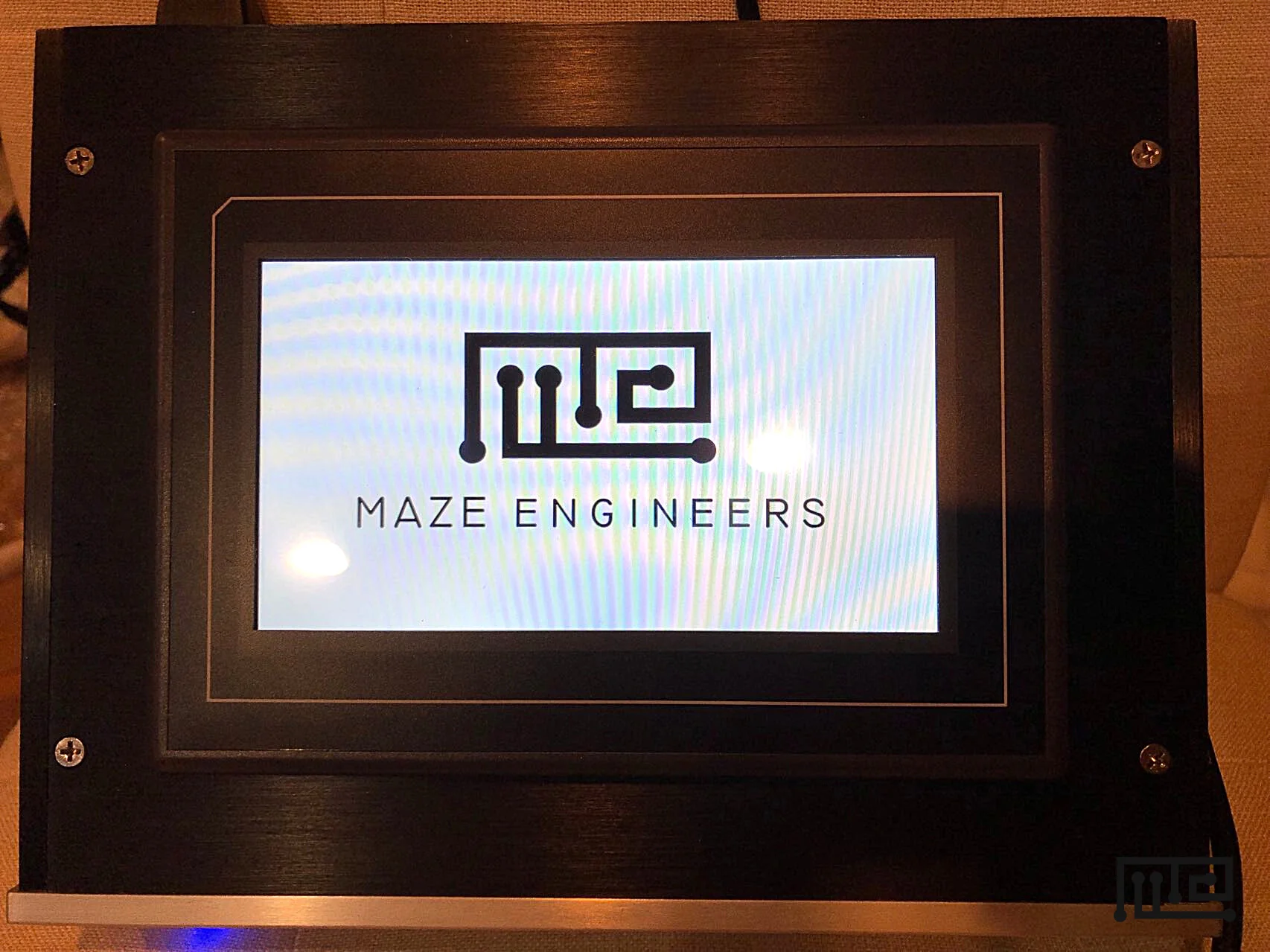
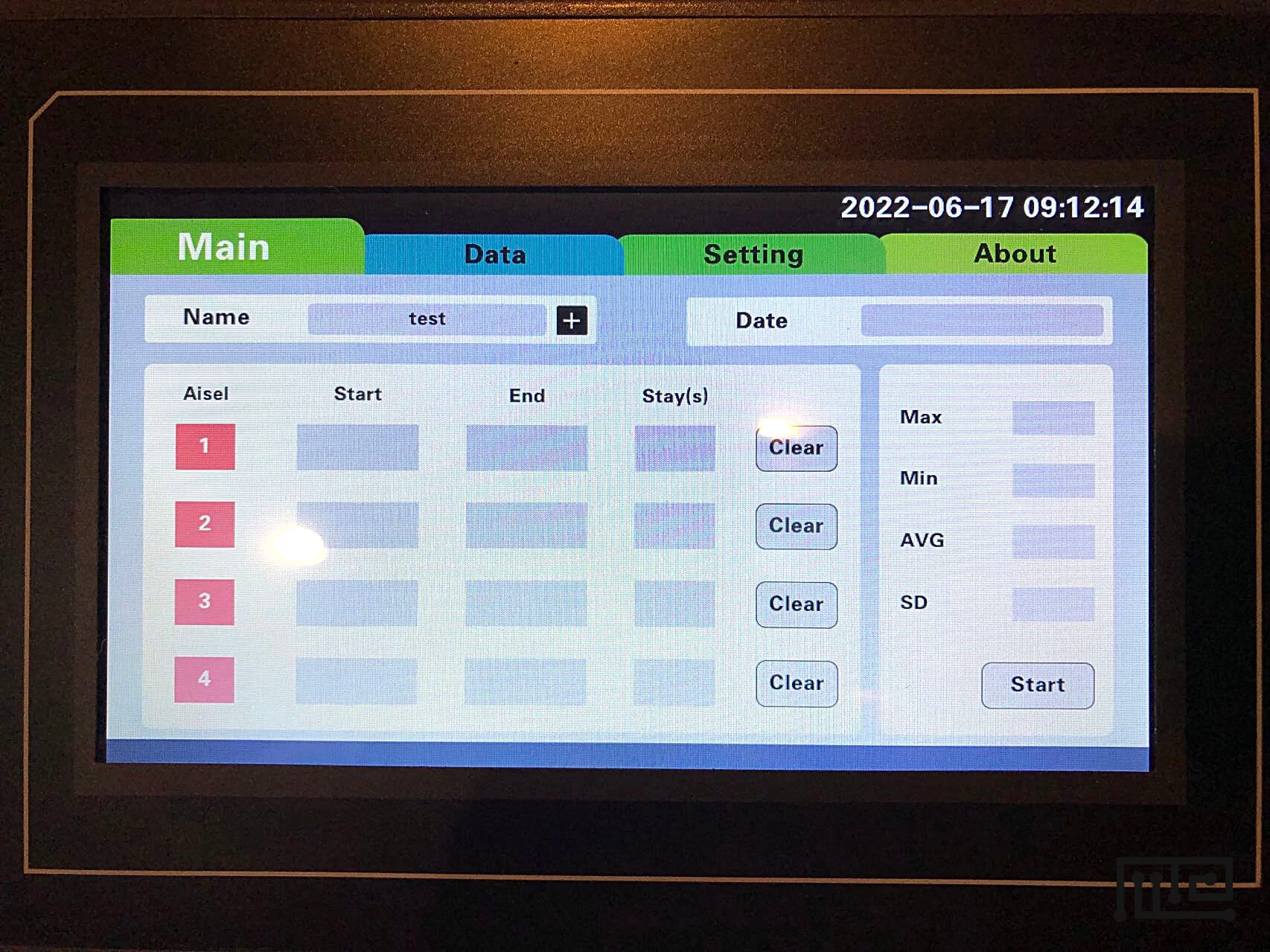
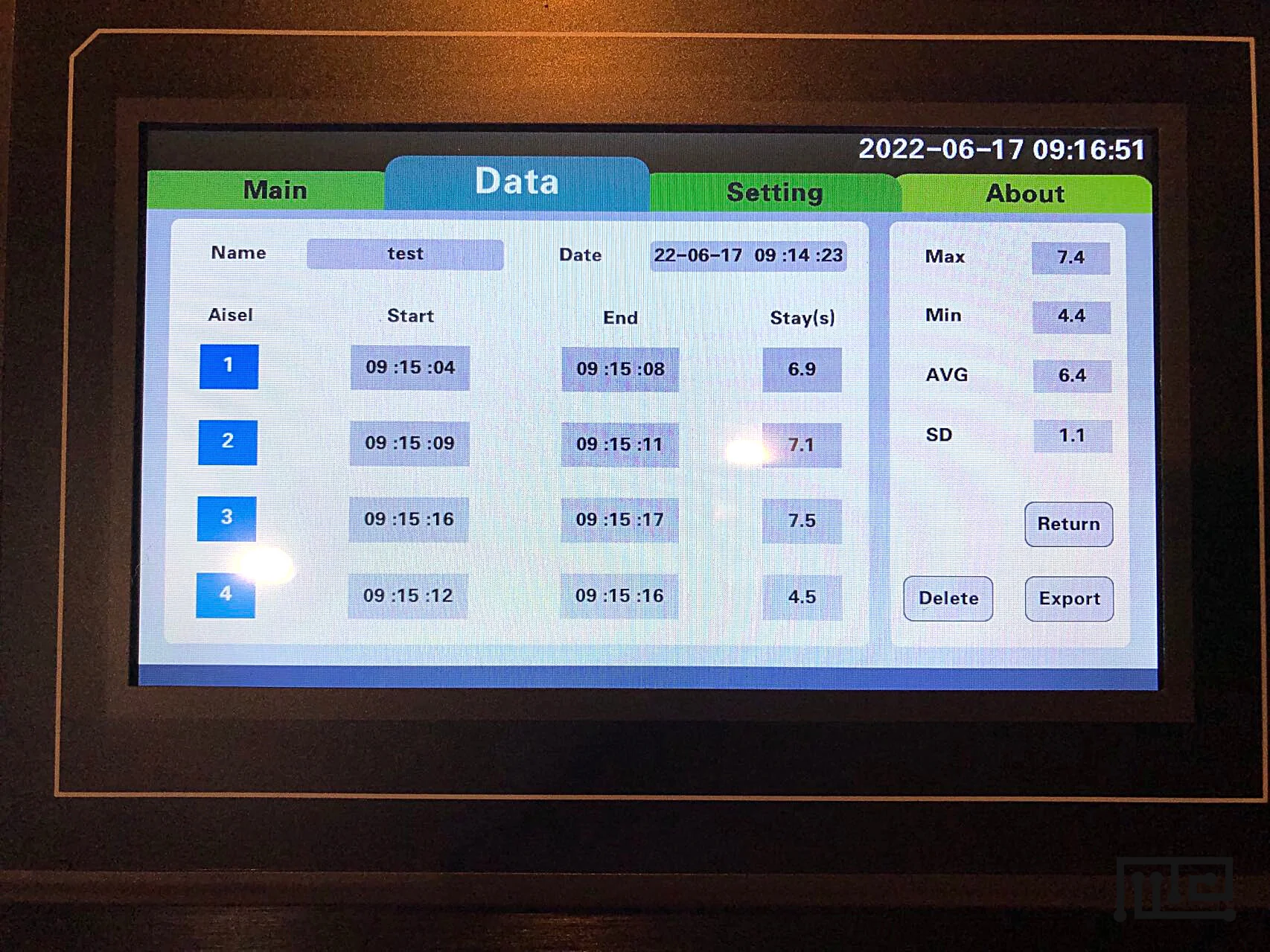
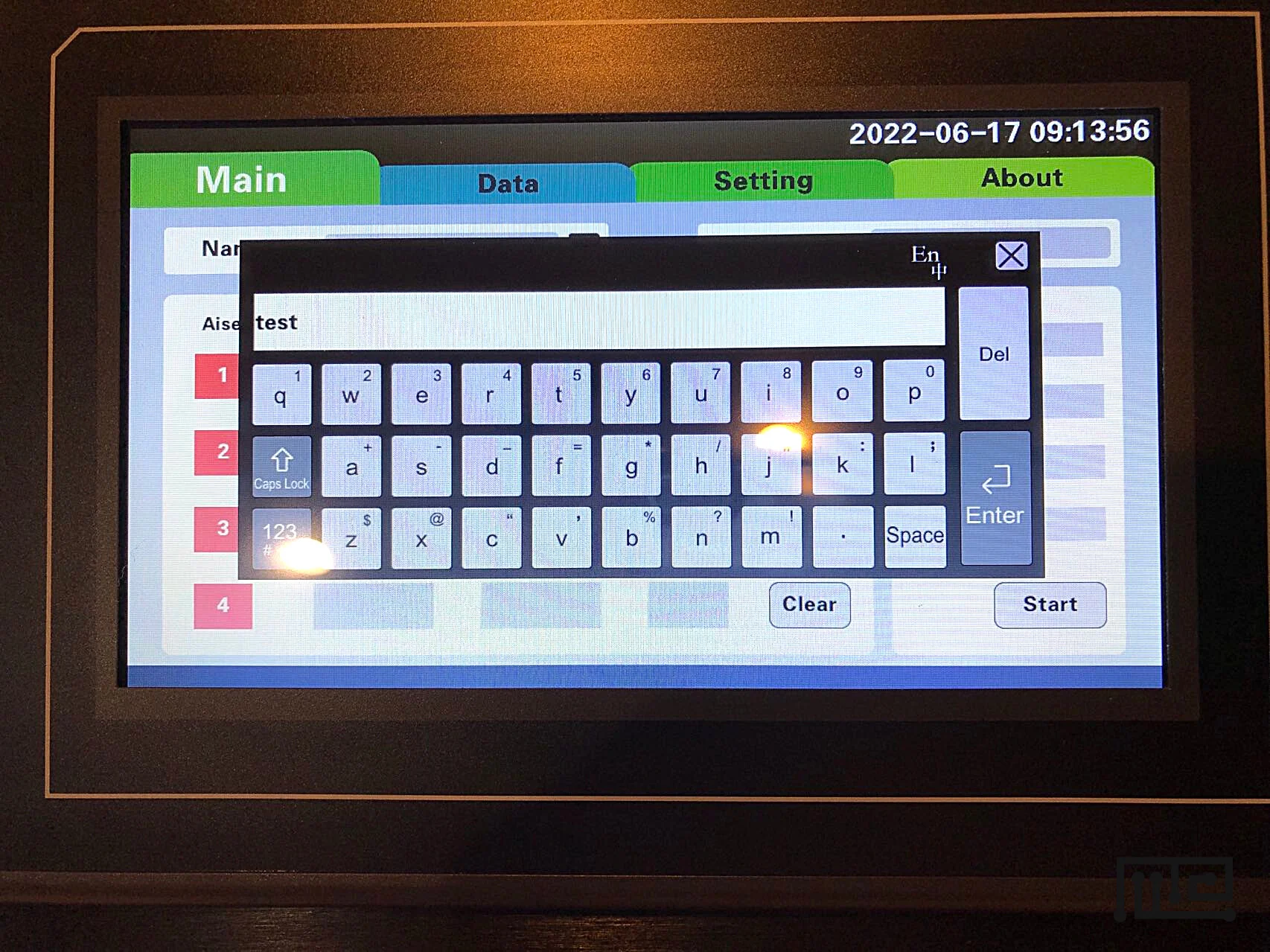
Hoffman DC, Donovan H. Catalepsy as a rodent model for detecting antipsychotic drugs with extrapyramidal side effect liability. Psychopharmacology (Berl). 1995 Jul;120(2):128-33. doi: 10.1007/BF02246184. PMID: 7480543.
Deacon, R. M. J. Measuring Motor Coordination in Mice. J. Vis. Exp. (75), e2609, doi:10.3791/2609 (2013)
Luciani KR, Frie JA, Khokhar JY. An Open Source Automated Bar Test for Measuring Catalepsy in Rats. eNeuro. 2020 Jun 19;7(3):ENEURO.0488-19.2020. doi: 10.1523/ENEURO.0488-19.2020. PMID: 32198157; PMCID: PMC7307632.
| Species | Mice, Rat |
|---|
There are no questions yet. Be the first to ask a question about this product.